Whole grain rye sourdough miso bread
Recipe from our colleague Adriana… we highly recommend it!
If rye bread is truly whole grain and the flour is of good quality, then the bread has a low glycemic index and the carbohydrate intake from such bread is almost half compared to whole wheat bread.
On the contrary, it contains much more vitamins, minerals (potassium, phosphorus, iron, sulfur, fluorine) and fiber, and these valuable substances are much more digestible thanks to natural fermentation and therefore better utilized by our body.
During the fermentation process of rye flour using yeast and bacteria, lactic acid, acetic acid, and carbon dioxide are produced. These substances naturally preserve, so the bread stays fresh longer and without mold. The substances contained in such bread strengthen our microflora and thus the immune system.
Rye was previously valued for its healing effects, and perhaps that was precisely because it has the ability to clean the intestinal walls, thereby improving the removal of toxic substances from the body. Overall, it improves digestion and eliminates constipation, which is essentially also one of the civilization diseases. Whole grain rye bread contains almost no gluten.
The rye gluten it contains is called secalin (which is easily digestible thanks to the fiber) and, unlike wheat gluten gliadin, does not create mucus in the intestines, which is responsible for a further series of chain reactions leading to civilization diseases.
In addition, it supports healthy weight loss because it does not contribute to fat storage and has a low caloric value. It is therefore ideal for people on a reduction diet, suffering from poor digestion, constipation, pancreatic disease, high cholesterol, and diabetics (it has a low glycemic index).
After the first experience, once you master the process, everything will go much more smoothly and fluidly. Essentially, the recipe is not demanding in terms of active time; it just requires finding a rhythm where you always mix just a few basic ingredients.
Ingredients (2 loaves, approx. 1000g each)
For the first starter:
- 150 g whole grain rye flour
- 150 g water
- 2 tablespoons rye sourdough starter
For the pre-dough:
- 240 g water
- 310 g whole grain rye flour
For the second starter:
- 50 g whole grain rye flour
- 50 g water
For the final dough:
- 480 g water
- 510 g whole grain rye flour
- 100 g seeds (sunflower, flax, pumpkin, sesame, etc.), I soak sunflower and pumpkin seeds in a cup for at least 2 hours, or even 12 hours while the pre-dough matures + extra for sprinkling
- 14 g salt + 3 tablespoons miso to taste and desired saltiness, approx. 90g
- 1 tablespoon whole caraway seeds, freshly crushed
- 1 teaspoon ground coriander or bread spice
- 1 tablespoon honey
Instructions:
Step 1
About 12 hours in advance, prepare the "first" starter by mixing two starter tablespoons of rye sourdough, 150 g whole grain rye flour, 150 g water.
Let this mixture ferment at room temperature in a large container where the dough will be kneaded, covered, for example, with a plate or foil.
I do this step either in the morning (if I want to bake in the evening after work) or in the evening (if I want to bake in the morning on the weekend).
Step 2
Once the starter is ready, remove 2 tablespoons and set aside in the fridge for next time!!! and also remove 1 tablespoon into a smaller bowl for the second starter.
For the pre-dough mix the remaining starter with 240 g water, 310 g whole grain rye flour.
At the same time, mix the tablespoon you removed from the first starter with the ingredients for the second starter, i.e., 50 g whole grain rye flour, 50 g water.
Let both mixtures mature in the same way for at least 12 hours; if they mature longer, the dough will have a more sour taste, which is pleasant. Cover with foil again.
Step 3
Final dough: mix the second starter with 480 g water. Gradually incorporate this mixture and 510 g rye bread flour into the pre-dough, adding all the remaining ingredients gradually (i.e., sunflower seeds, caraway, coriander) and salt and miso towards the end, on the partially mixed dough, so they don’t come into direct contact with the starter, and knead well for 3–5 minutes.
Let the dough rest for one to two hours, covered with foil or a cloth.
Step 4
Divide the risen dough evenly into two greased, 2 greased loaf pans dusted with sunflower seeds and poppy seeds (or one larger pan + tartlet molds for dalamánky or into baking dishes), but do not knead it down—just divide and lightly level.
Sprinkle the entire surface with sunflower seeds and let it proof partially one last time. At this point, the dough is usually quite active and it may take only half an hour, or up to 1.5 hours, depending on the room temperature and your starter. Keep an eye on it so the dough doesn’t overflow the pan.
Preheat the oven to 250 °C (230°C), and once the dough surface has risen by at least 2 cm, reduce the heat to 210 °C and bake for 50 minutes. Then tip the loaves out of the pans and bake for another approx. 10 minutes on a rack. You may need to cover the bread, depending on your oven.
Place the finished bread on a rack to cool, cover with a cloth, and mist with water. Thanks to this cooling under a damp cloth, you won’t get an overly thick and hard crust—it will be just right. Don’t worry, the crust will still be nicely crisp.
It’s ideal to let the bread mature under the cloth for another approx. 8 hours, but it’s not necessary.
Let the bread cool completely and then store wrapped in a cloth, but do not put it in a plastic bag!!!
If you don’t have a steam oven, spray water on the bread from a spray bottle during baking and place a small tray of water in the oven at the start.
Some pans don’t need greasing (I use the Eaziglide brand).
Enjoy your own home-made bread!
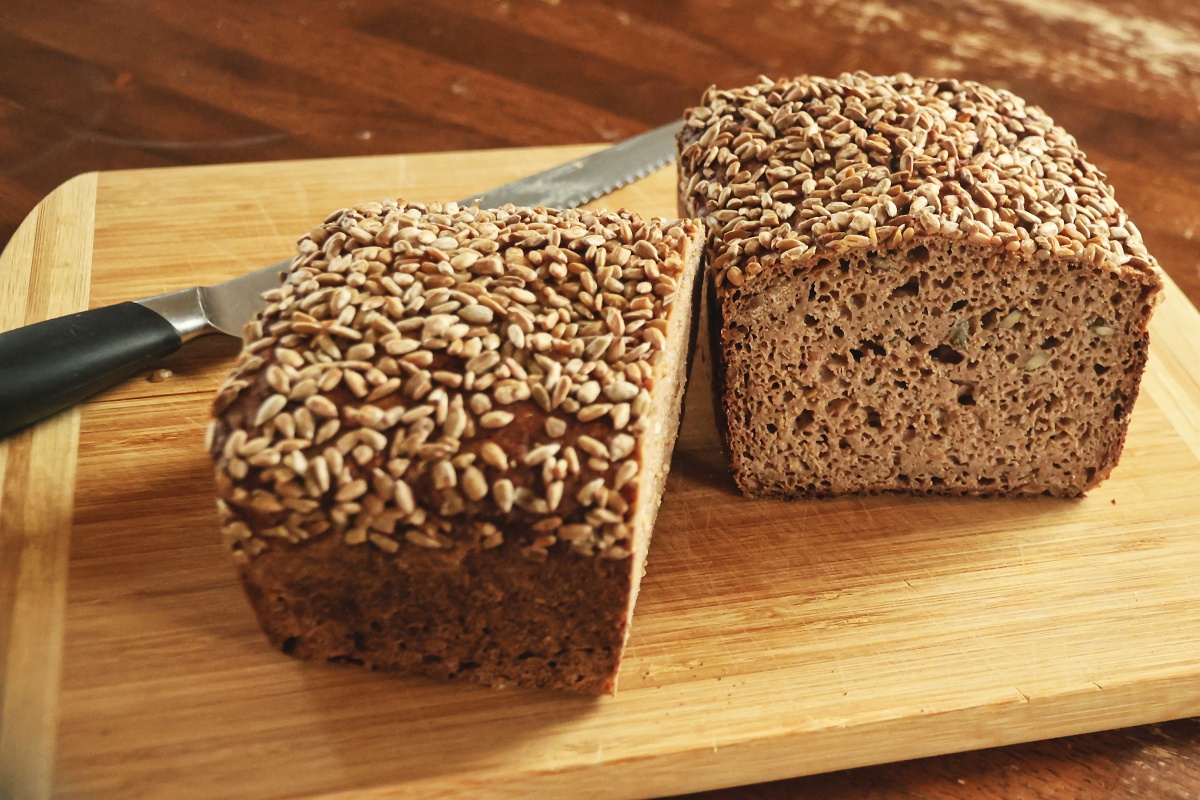
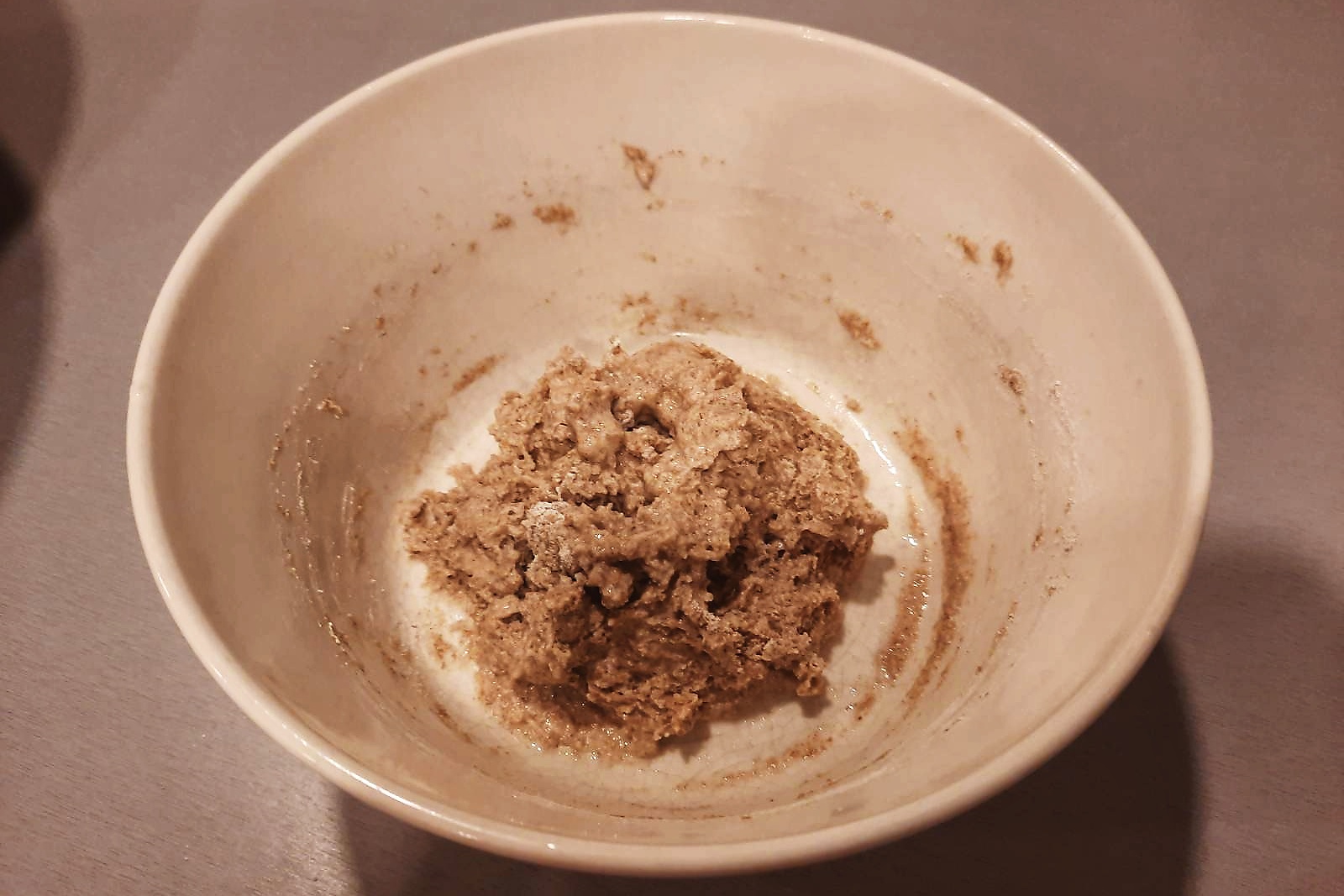
1st starter
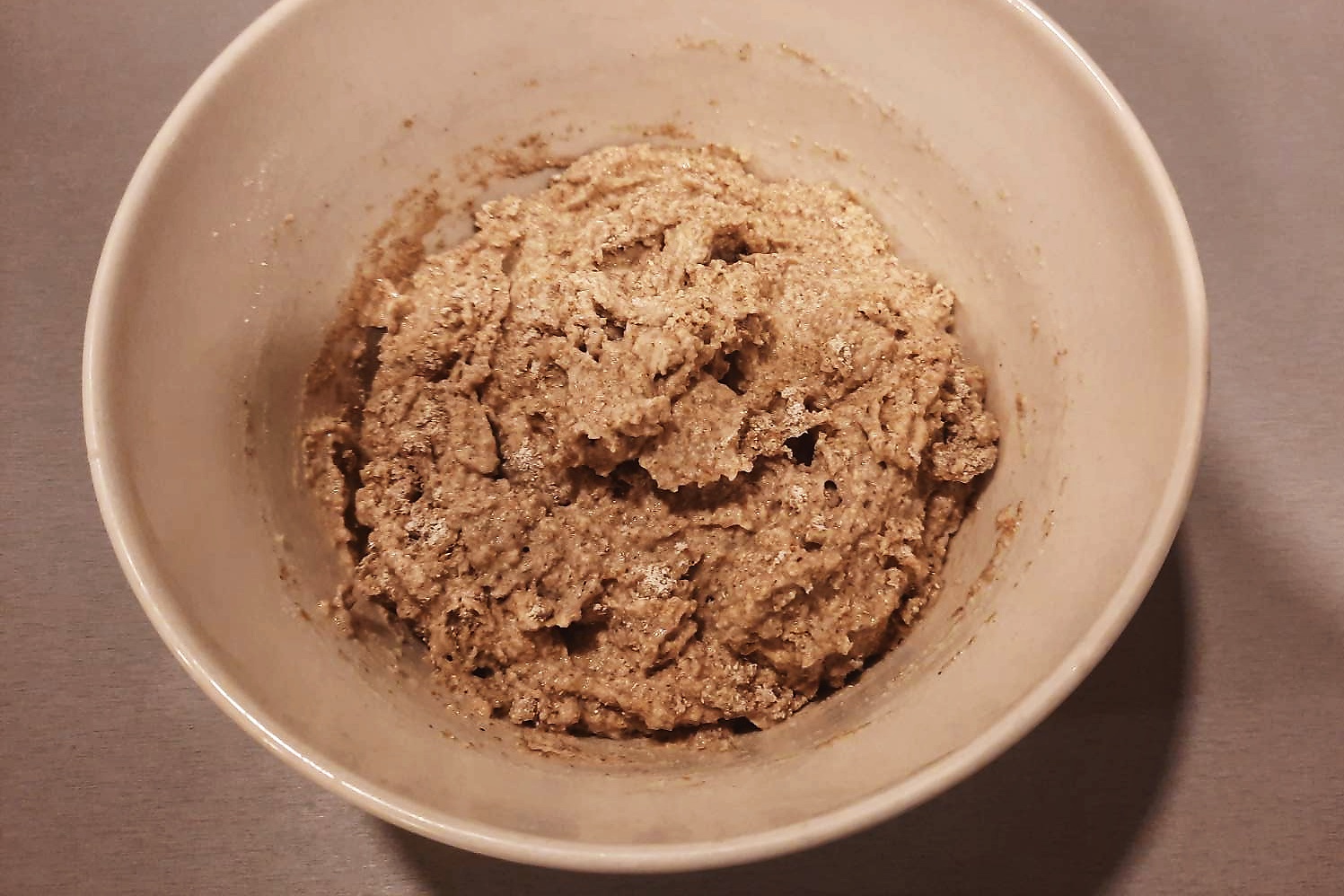
2nd starter
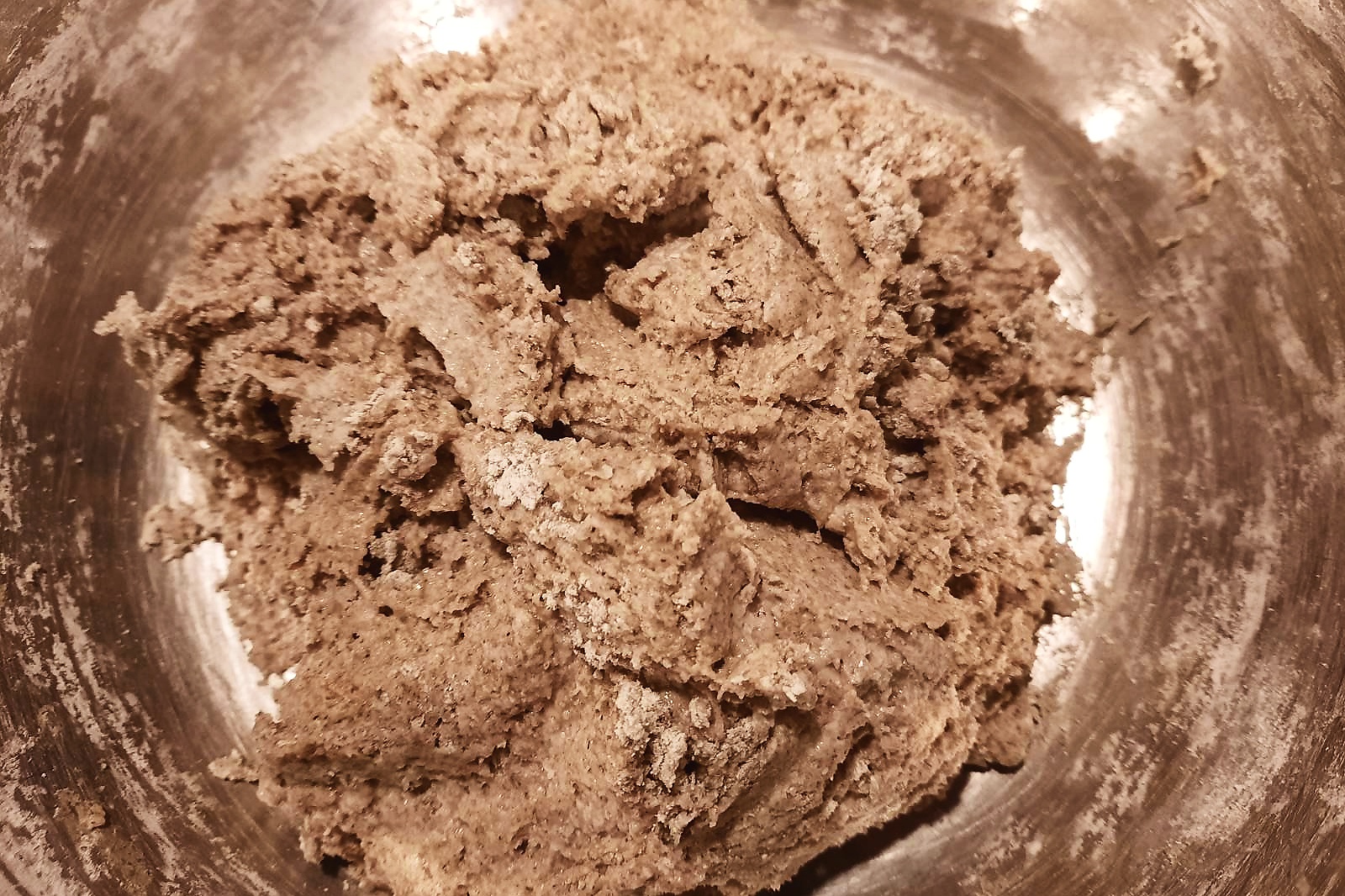
pre-dough

proofed 2nd starter
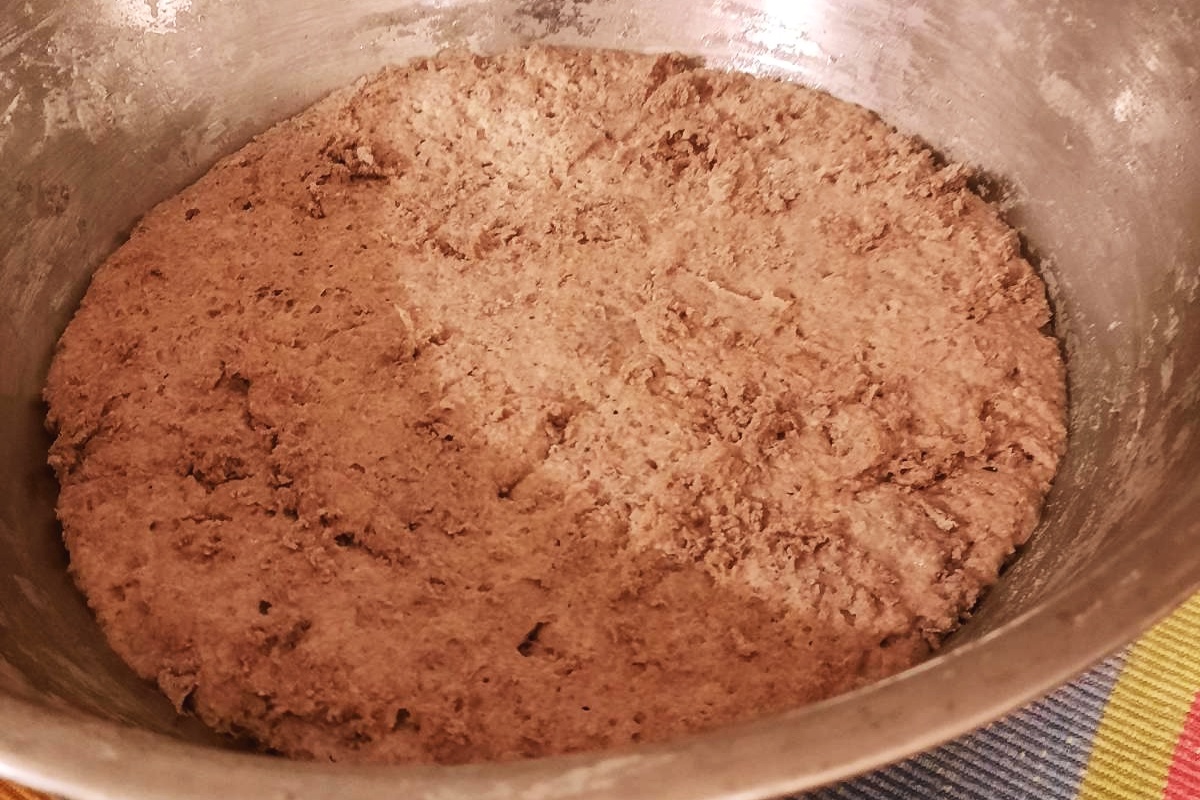
proofed pre-dough
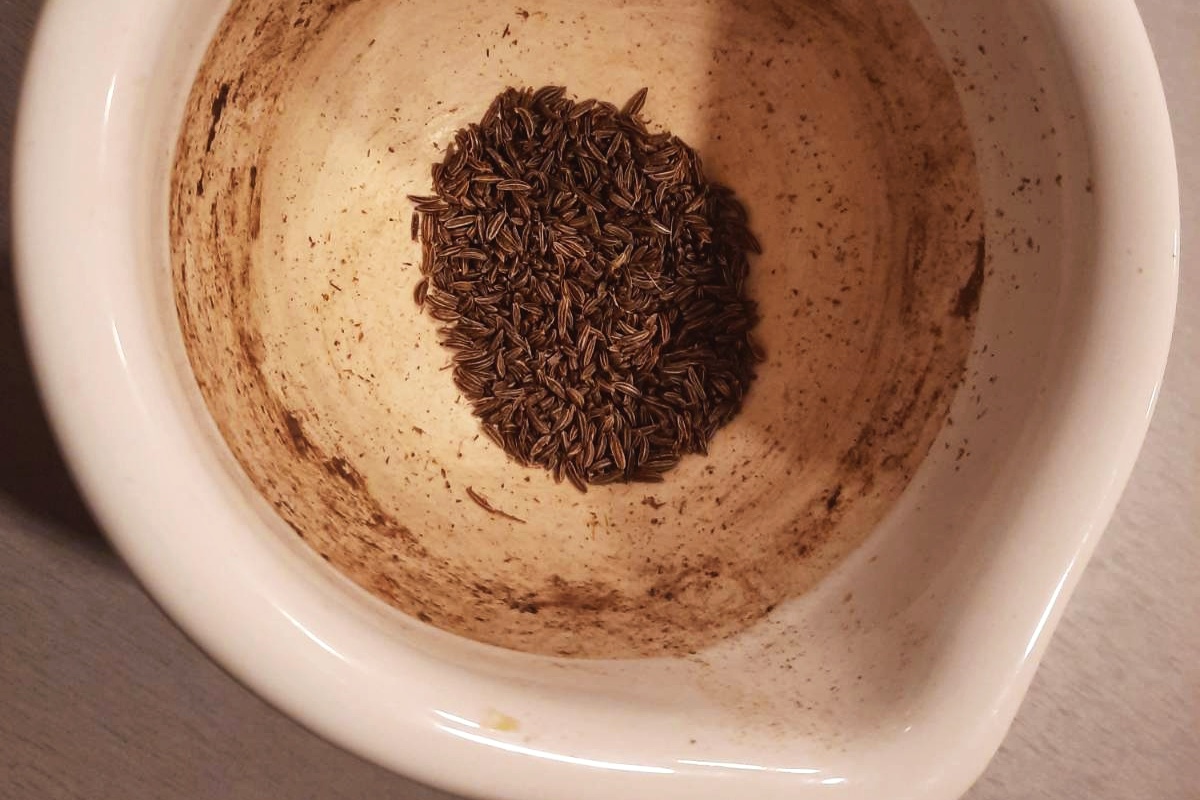
spices used
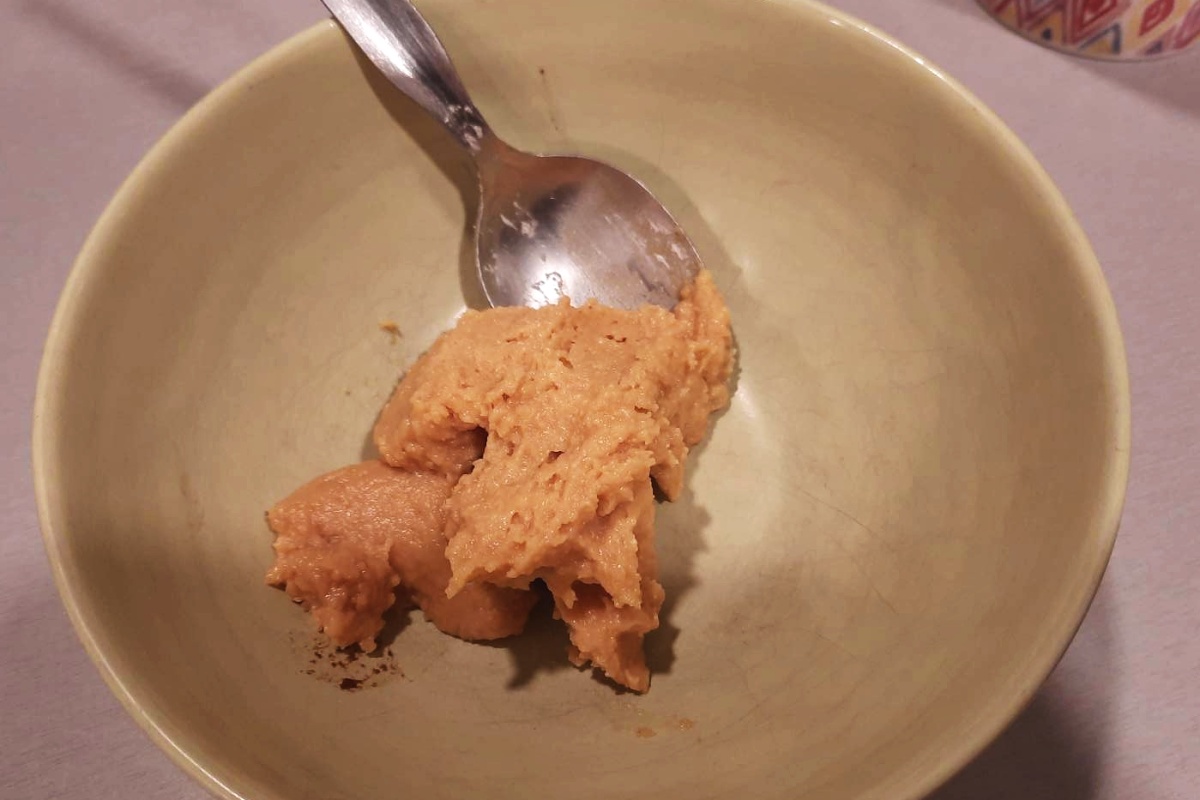
"main" ingredient - 3 tablespoons of your favorite miso :-)
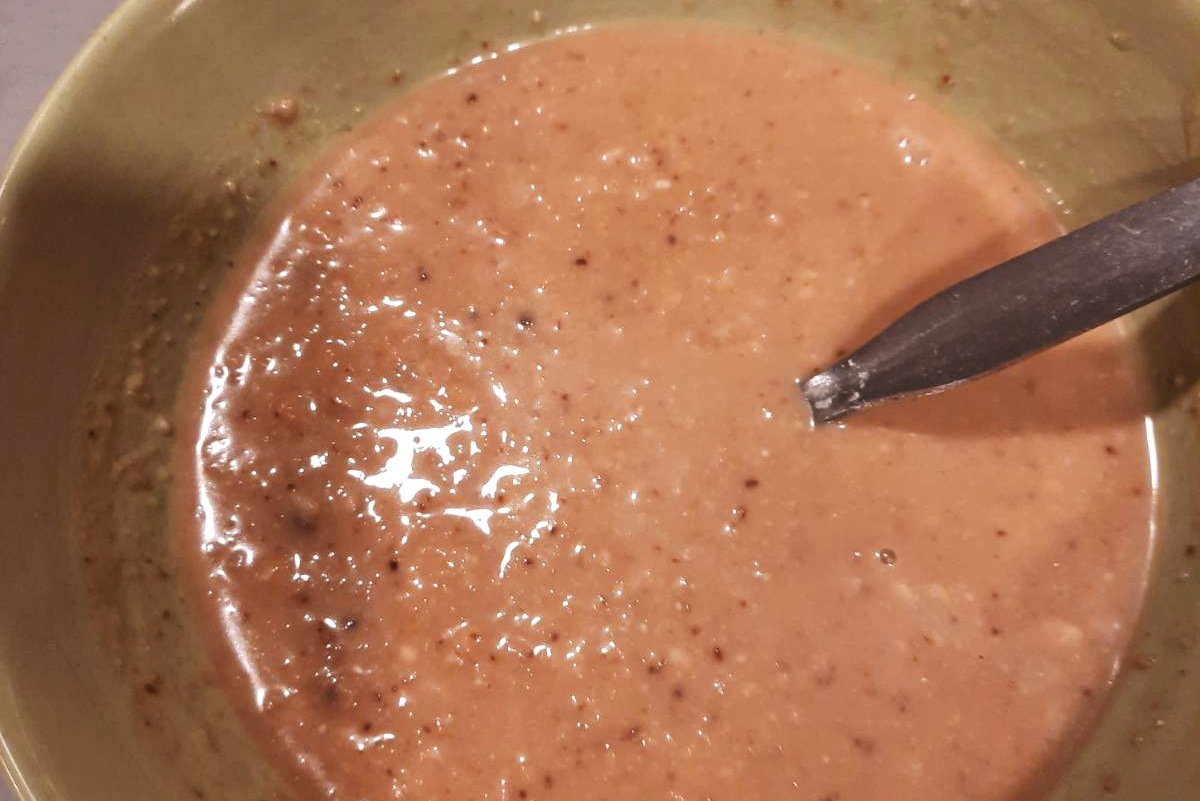
mixed-in miso

2nd starter with water

gradual mixing

gradual mixing

finally the miso!
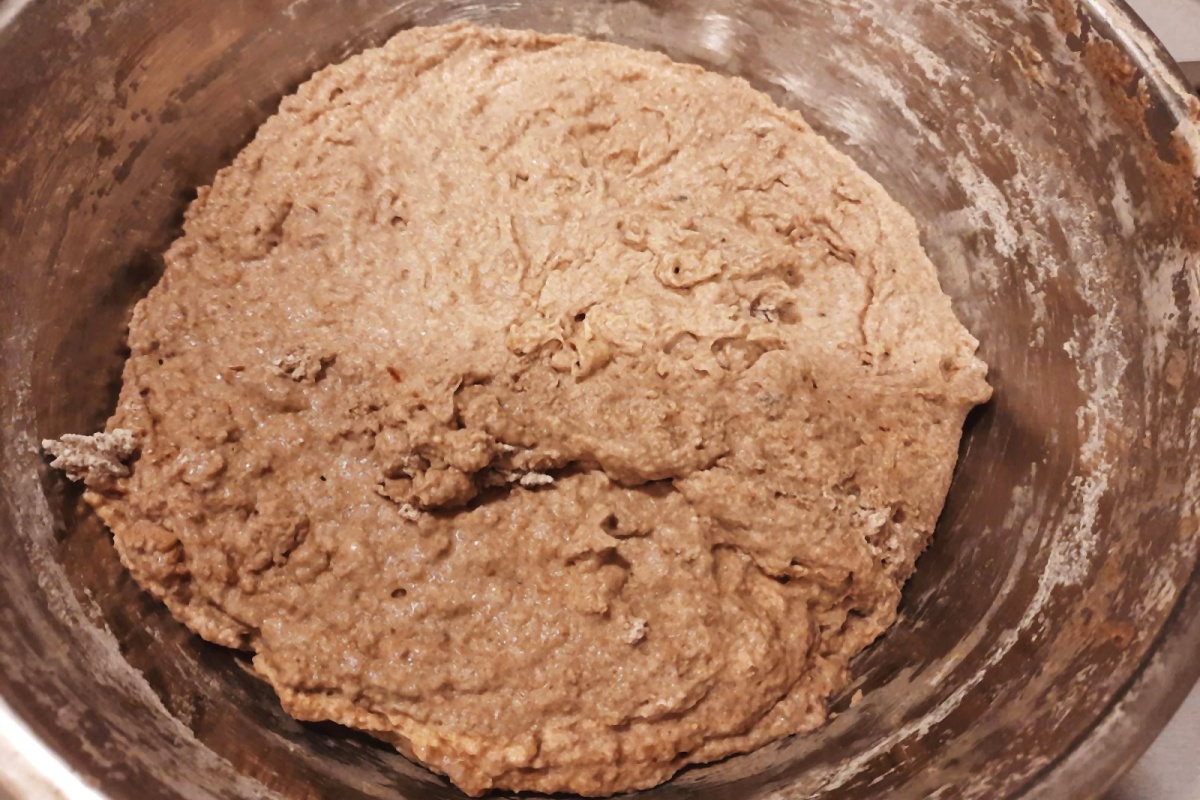
final mixed dough
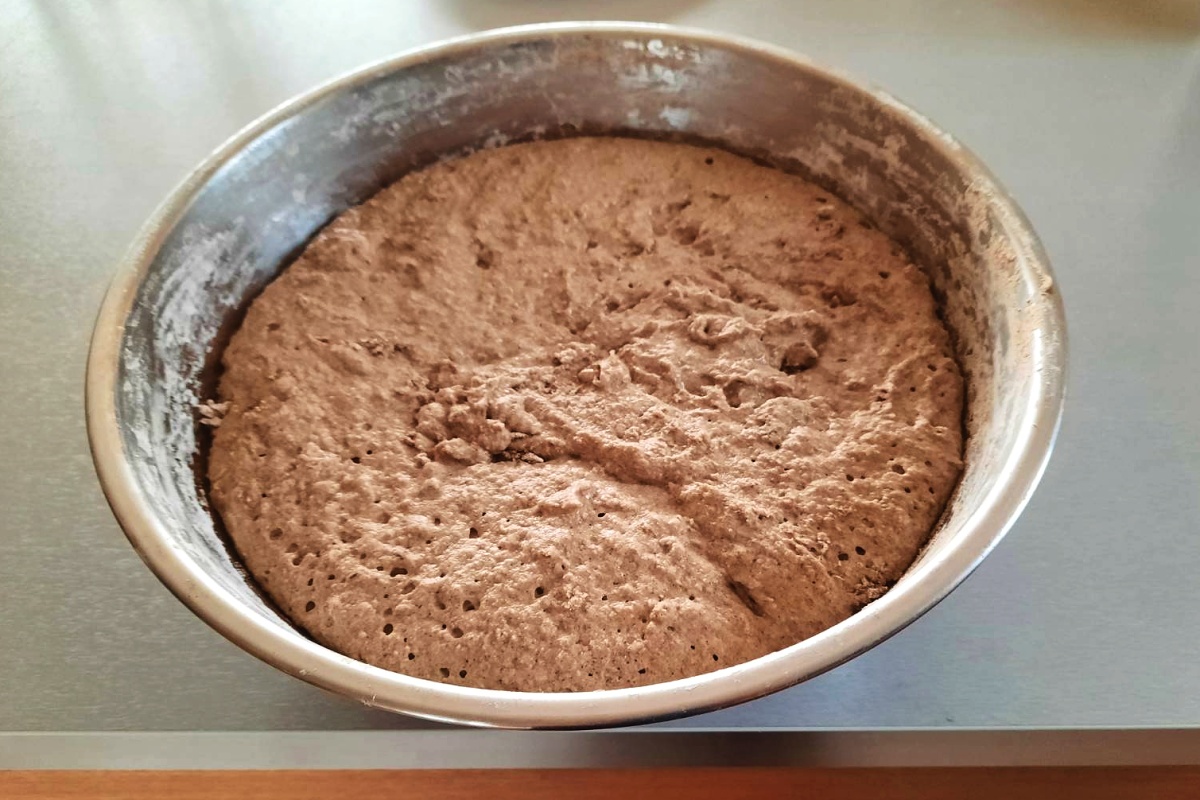
proofed dough
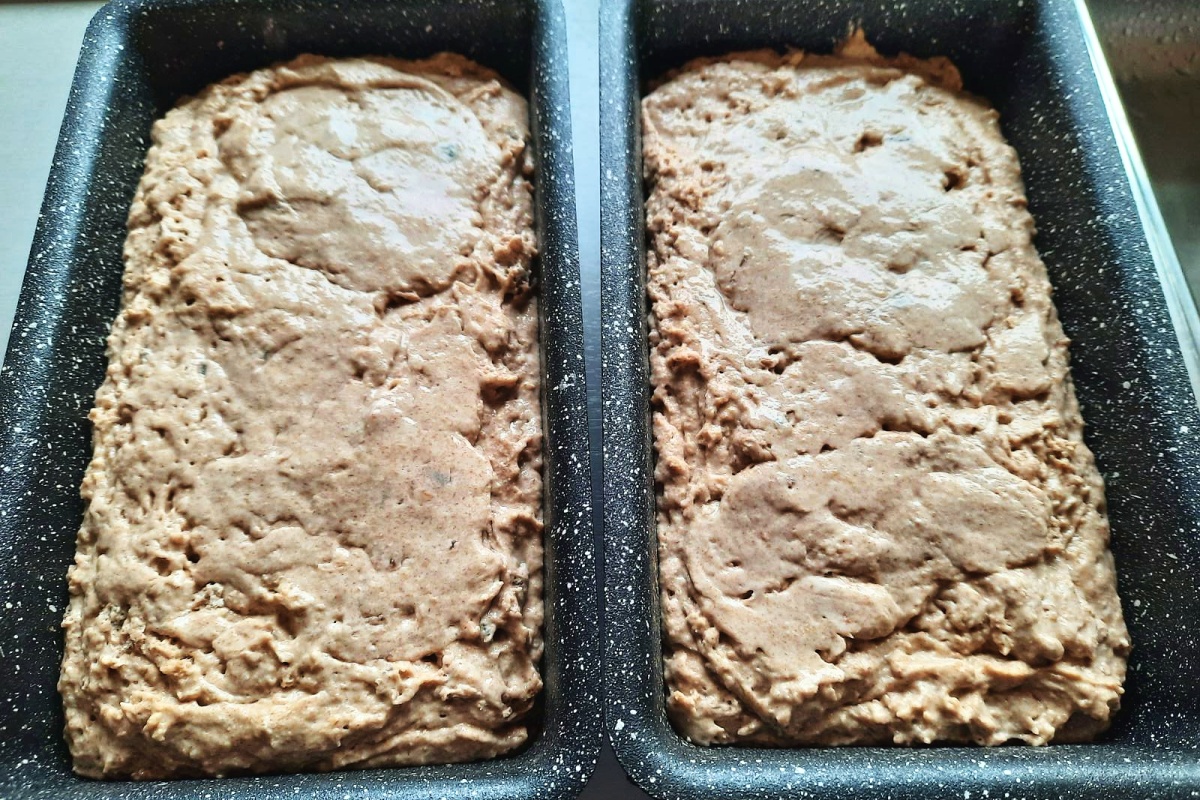
in the pans before baking
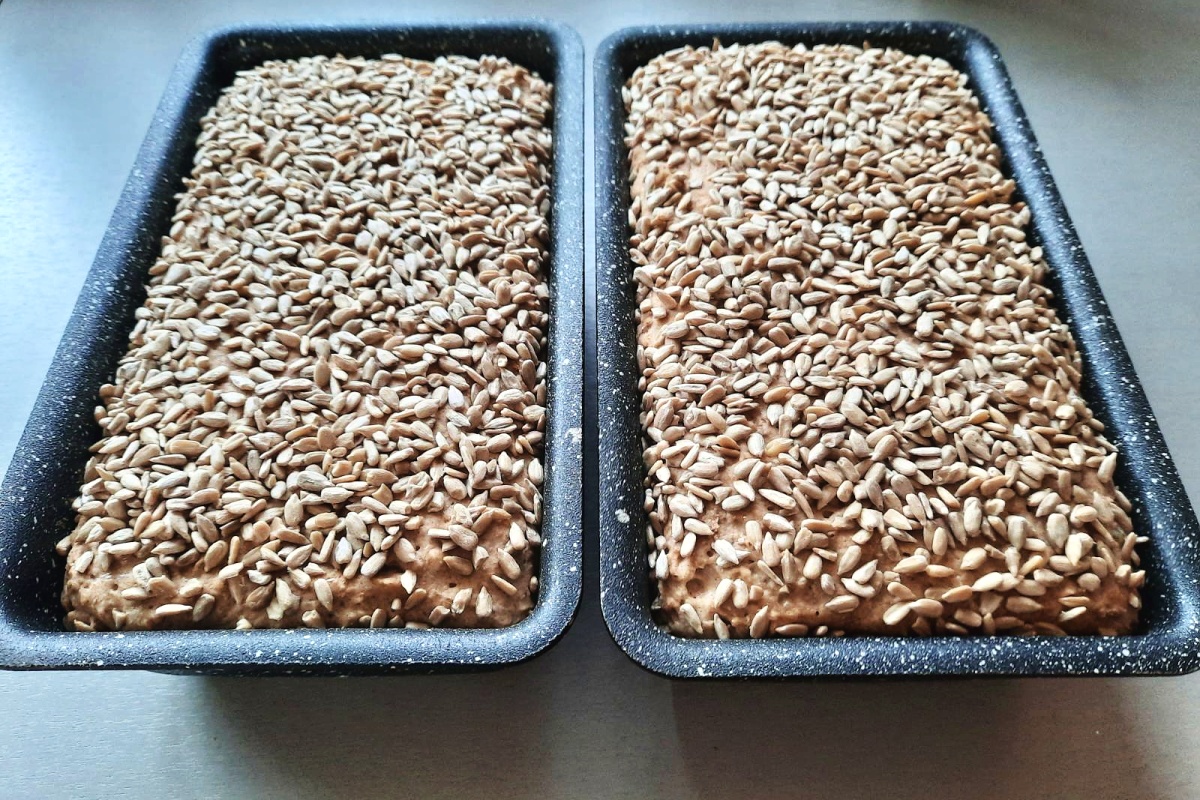
proofed a bit more...
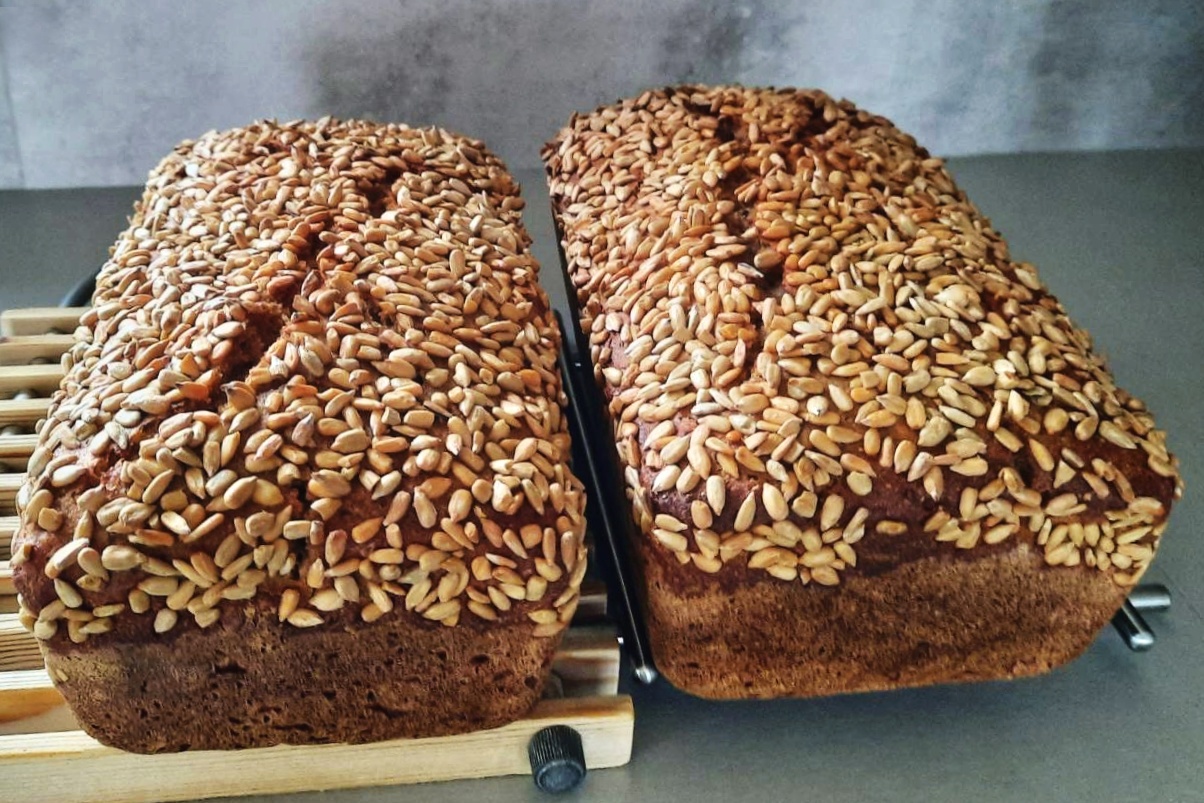
(almost) done

cover and mist with water - the crust won’t be too hard
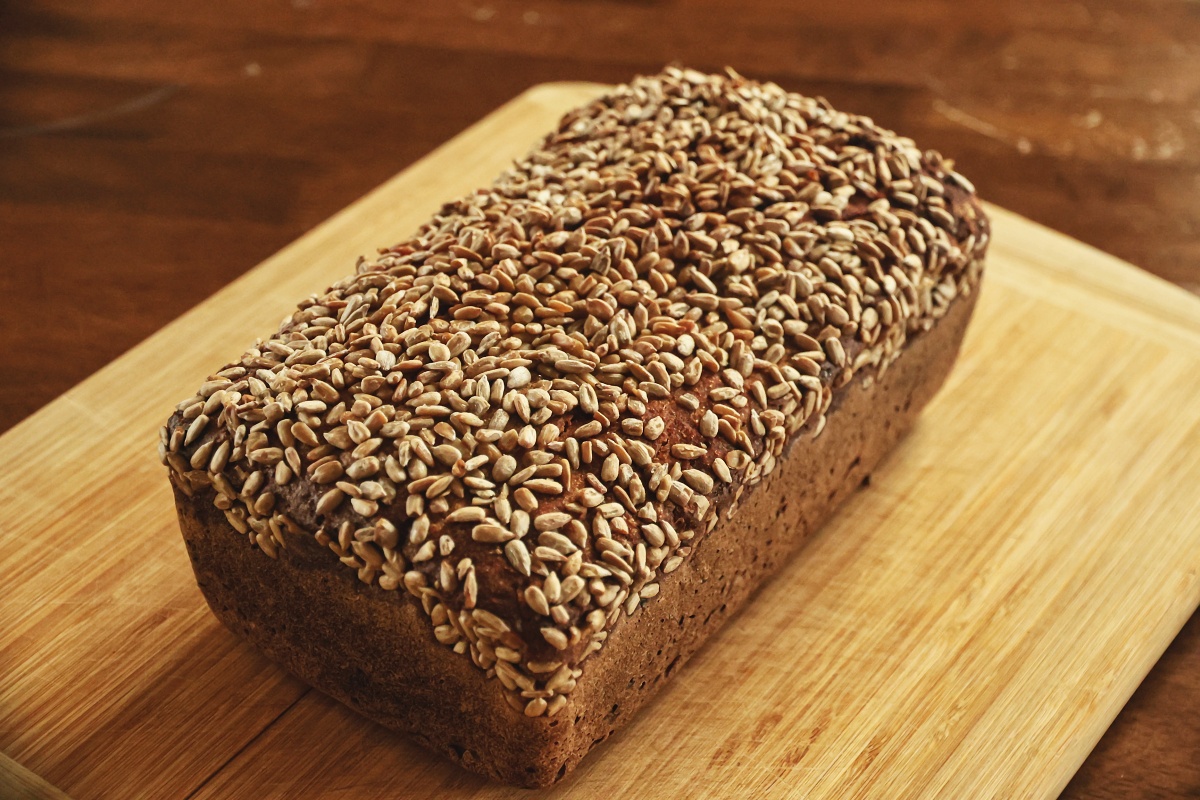
the best bread in the world
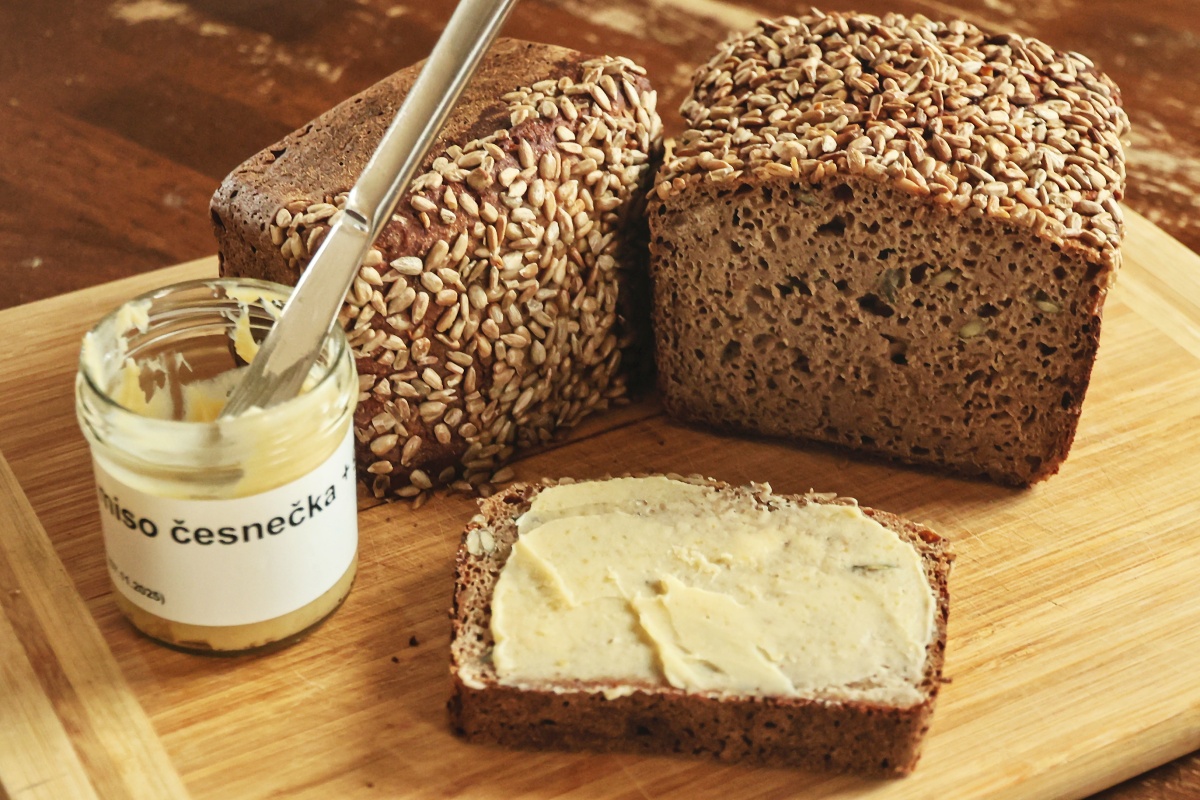
spread with miso-garlic mixed with butter
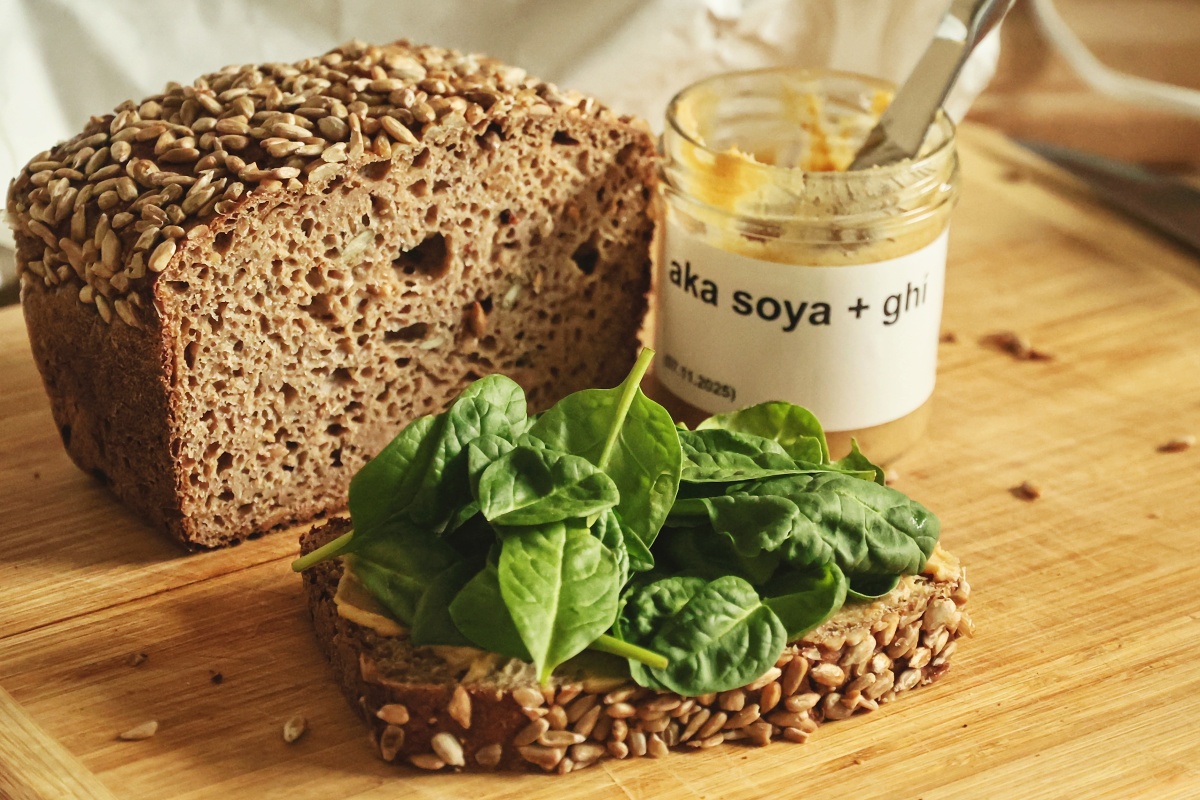
or perhaps miso mixed with ghee and baby spinach
